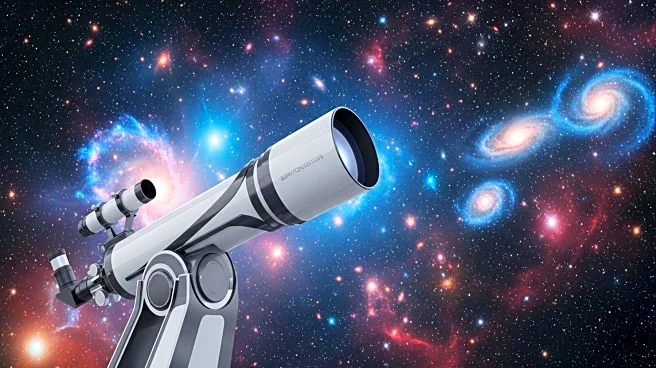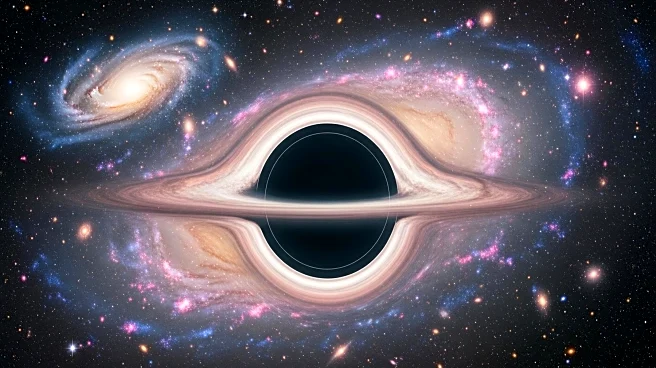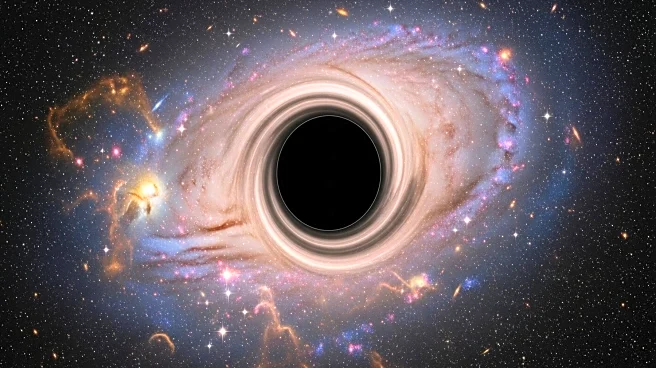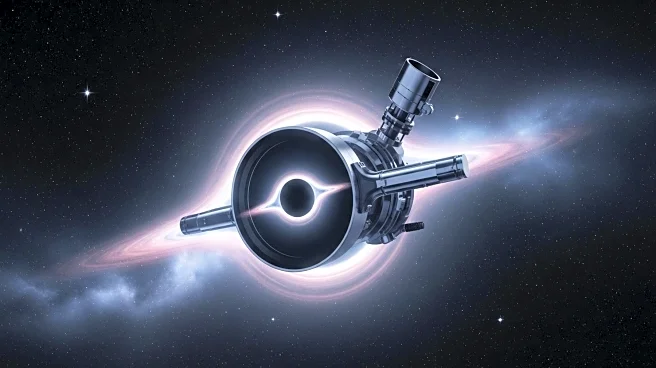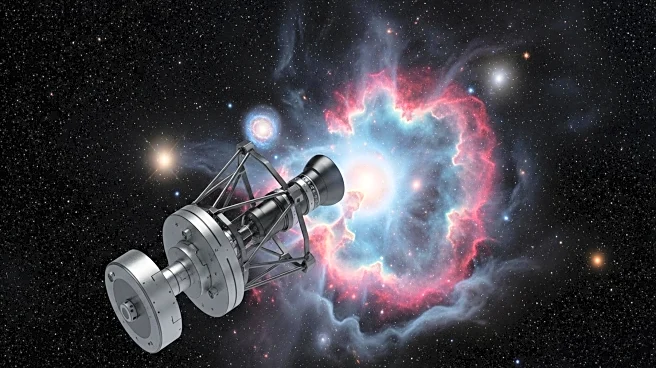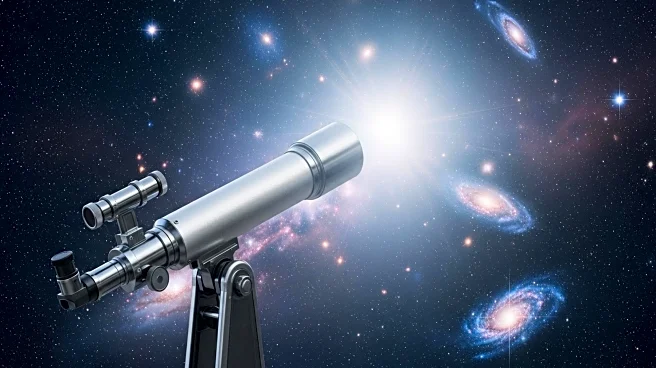What's Happening?
The MINERVA program, co-led by Tufts University, is using the James Webb Space Telescope to study the early universe and galaxy formation. This initiative aims to provide a clearer view of the universe's first few hundred million years by employing medium-band imaging with the NIRCam instrument. Researchers hope to identify rare galaxies, understand star formation, and investigate supermassive black holes. The program targets extragalactic fields to obtain detailed data on galaxy properties, such as stellar mass and star formation history. MINERVA's observations began in July 2025 and will continue for a year.
Why It's Important?
MINERVA's use of medium-band imaging allows for more precise observations of the early universe, enhancing our understanding of galaxy evolution and formation. By focusing on rare objects and quiescent galaxies, the program aims to uncover the processes that shaped the universe's development. This research is crucial for piecing together the history of cosmic evolution and understanding the role of supermassive black holes. The findings could provide insights into the mechanisms driving galaxy growth and quenching, offering a comprehensive view of the universe's formative years.
What's Next?
As MINERVA continues its observations, researchers will analyze the data to identify rare galaxies and quiescent objects. The program will also investigate 'little red dots,' potentially supermassive black holes, to understand their development and impact on host galaxies. The findings will contribute to theoretical models of galaxy evolution, helping to refine our understanding of cosmic history. Future collaborations and studies will build on MINERVA's results, advancing the field of extragalactic astronomy.
